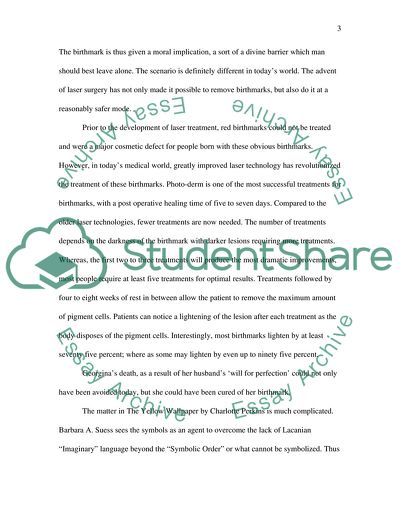Cite this document
(19th Century Literature and Medicine Essay Example | Topics and Well Written Essays - 2750 words, n.d.)
19th Century Literature and Medicine Essay Example | Topics and Well Written Essays - 2750 words. https://studentshare.org/history/1705439-19th-century-literature-and-medicine
19th Century Literature and Medicine Essay Example | Topics and Well Written Essays - 2750 words. https://studentshare.org/history/1705439-19th-century-literature-and-medicine
(19th Century Literature and Medicine Essay Example | Topics and Well Written Essays - 2750 Words)
19th Century Literature and Medicine Essay Example | Topics and Well Written Essays - 2750 Words. https://studentshare.org/history/1705439-19th-century-literature-and-medicine.
19th Century Literature and Medicine Essay Example | Topics and Well Written Essays - 2750 Words. https://studentshare.org/history/1705439-19th-century-literature-and-medicine.
“19th Century Literature and Medicine Essay Example | Topics and Well Written Essays - 2750 Words”. https://studentshare.org/history/1705439-19th-century-literature-and-medicine.


